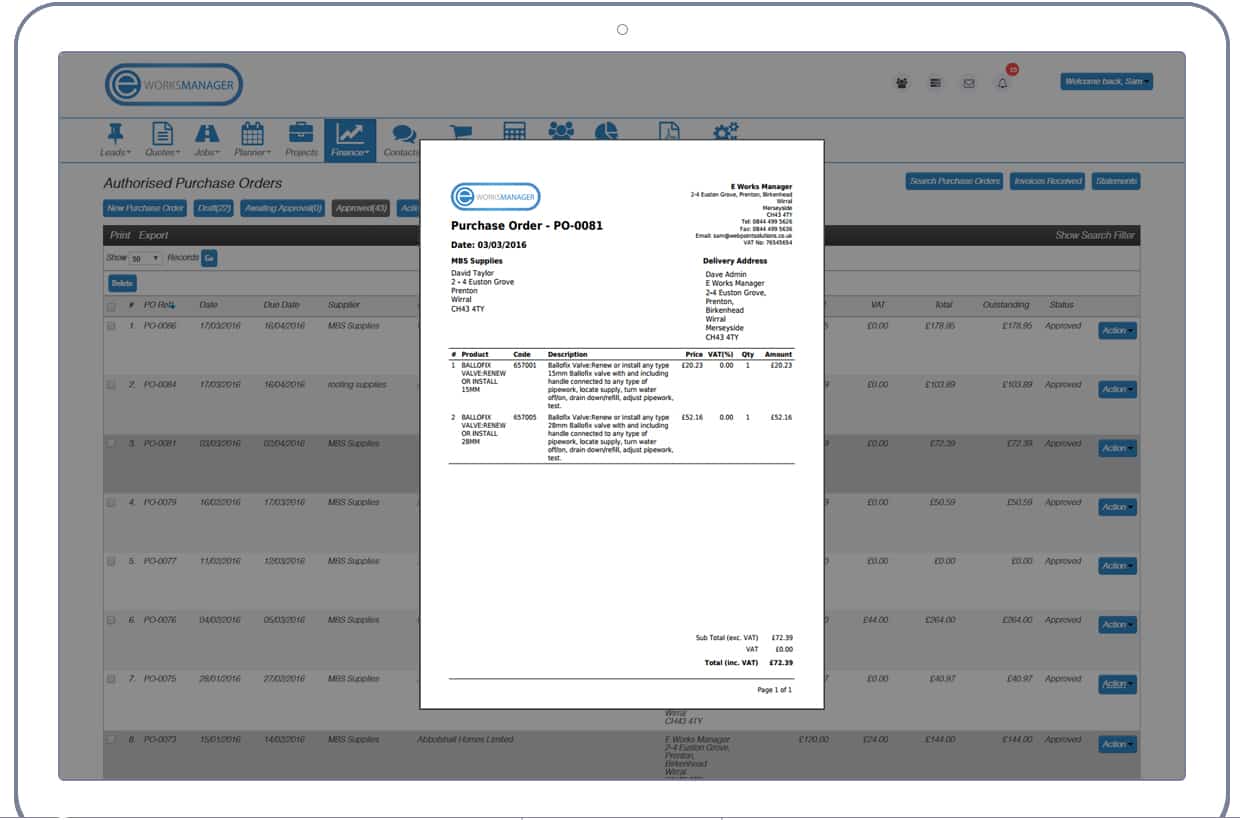
Given that T&R had not taken a consistent approach of enclosing its terms and conditions with each order, particularly where the order did not refer to those terms and conditions on its face, the Court held that Needs was entitled to assume T&R was not relying on them for that transaction, despite it being aware of their general existence. The Court found that T&R had not made it clear that it intended to rely on its terms and conditions for each order. In this particular situation, the court held that neither party had done so and therefore concluded that neither parties’ terms actually applied. However, this is subject to the proviso each party had taken reasonable steps to draw its terms to the attention of the other party. The Court confirmed that there is a general principle such that, if a buyer makes an offer on its own conditions and the seller accepts that offer but on its conditions and performance follows, the seller's terms and conditions apply, as they act as a counter offer. Despite this, Needs' acknowledgement of T&R's order stated that its quoted prices and deliveries were subject to its “normal Terms and Conditions” however, those terms were not actually sent with the acknowledgement (instead, there was a statement that copies were “available on request”). However, Needs admitted that at the time of the orders concerned, it knew that there were terms and conditions on the back of the order. In addition, orders sent by fax or e-mail did not include the terms and conditions, as the terms and conditions were printed on the back of the order form. Although the purchase order from T&R had its terms and conditions printed on the back, the front page of the order made no reference to them.

The problem T&R had was that it did not place its orders in a consistent way, changing between fax, e-mail and post, sometimes there was a phone conversation and sometimes not. T&R would place an order by sending a purchase order and Needs would respond with its acknowledgement.

The parties had dealt with each other for several years. Each party contended that their own terms and conditions had been incorporated into the contract. The claim concerned a dispute between Transformers & Rectifiers Ltd (T&R) and Needs Limited (Needs). The recent case of Transformers & Rectifiers v Needs underlines that if you wish to rely on your standard terms and conditions, you must take sufficient steps to make sure that the other party is given reasonable notice of both your terms and conditions and your intention to rely on them. The text for that item should indicate that the amount is an estimate that will be adjusted upon receipt of the invoice.Clients in the AME Sector will regularly be involved in the supply, or purchase of, components and will usually want their own terms and conditions to apply to that transaction. If UA Little Rock is paying freight, and the exact cost for shipping is not known when the purchase order is generated, the cost should be estimated and included as a line item on the purchase order. The total price of the purchase must be agreed upon in advance. An invoice or receipt of goods or services which pre-dates the purchase order is an audit finding and can be written up as such. No goods or services are to be received prior to the supplier’s receipt of a copy of the signed purchase order. The supplier’s acceptance of the purchase order indicates his acceptance of the terms outlined in the agreement. Exceptions would need to be approved on a case-by-case basis in writing by the Agency Procurement Officer (APO). With the exception of P-card orders, a UA Little Rock system-generated purchase order must always be generated, approved, and presented to the supplier for order placement (some exceptions apply).

It allows the execution of the goods receipt and payment of the invoice.



 0 kommentar(er)
0 kommentar(er)
